Athens’ Ottoman legacy: From ‘City of Scholars’ to abandoned relics
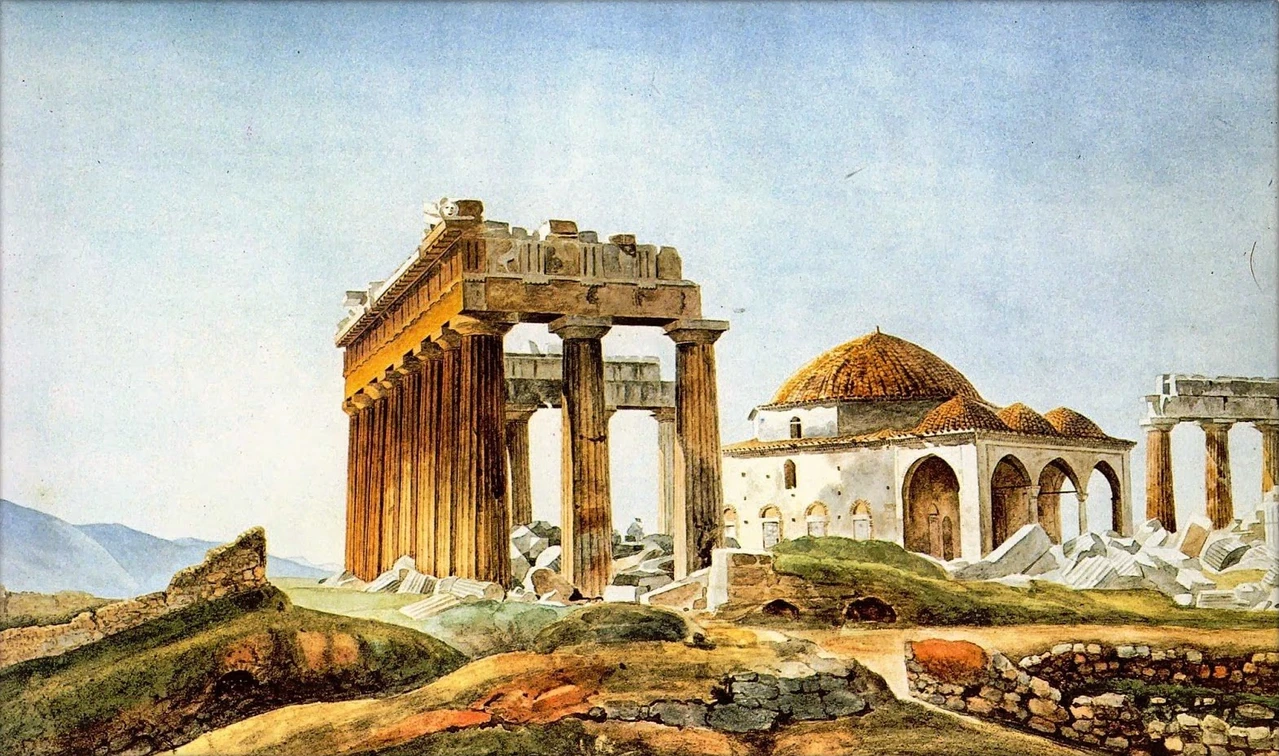 The Ottoman mosque built in the ruins of the Parthenon after 1715 (Painting by
Pierre Peytier )
The Ottoman mosque built in the ruins of the Parthenon after 1715 (Painting by
Pierre Peytier )
Athens, the cradle of Western civilization, was known as “Medinetu’l-hukema,” or “City of Scholars” in Ottoman sources. Conquered by Sultan Mehmed II in 1458, the city was transformed into a typical Ottoman urban center with the construction of mosques, baths and bazaars.
For nearly 350 years under Ottoman rule, Athens underwent a significant transformation with new construction and architectural changes.
Today, Athens stands as the sole European capital without an active mosque, a stark contrast to its Ottoman past. While the city once boasted numerous mosques, many of these historic structures now lie abandoned or have been repurposed for secular uses. Some have even been converted into places of worship for other religions, while others have taken on entirely different functions, reflecting the city’s complex evolution.
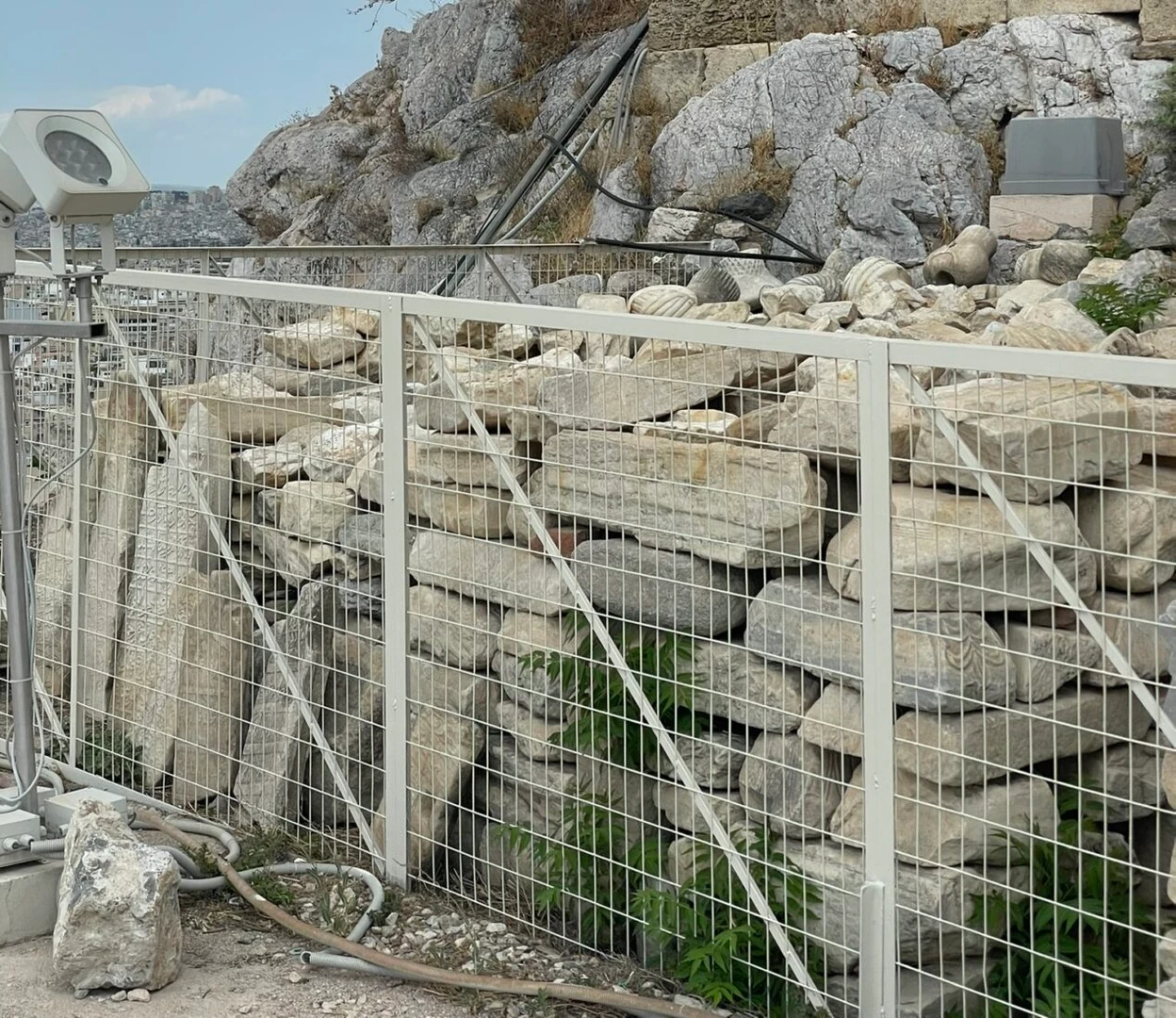
Additionally, Ottoman tombstones in Athens, known for their vibrant city life during the Ottoman period, are in poor condition.
Many tombs have been damaged, and the tombstones are piled up near the entrance to the Acropolis.

Similarly, many Ottoman-era cannons and other military artifacts are stored in a state of neglect around the Acropolis instead of being displayed in museums.
While there is intense criticism from Greece regarding the reopening of the Hagia Sophia Grand Mosque for worship, the condition of Turkish-Islamic heritage in Greece is causing frustration among Turks. It is estimated that there are over 10,000 Turkish-Islamic heritage sites and remnants in Greece.
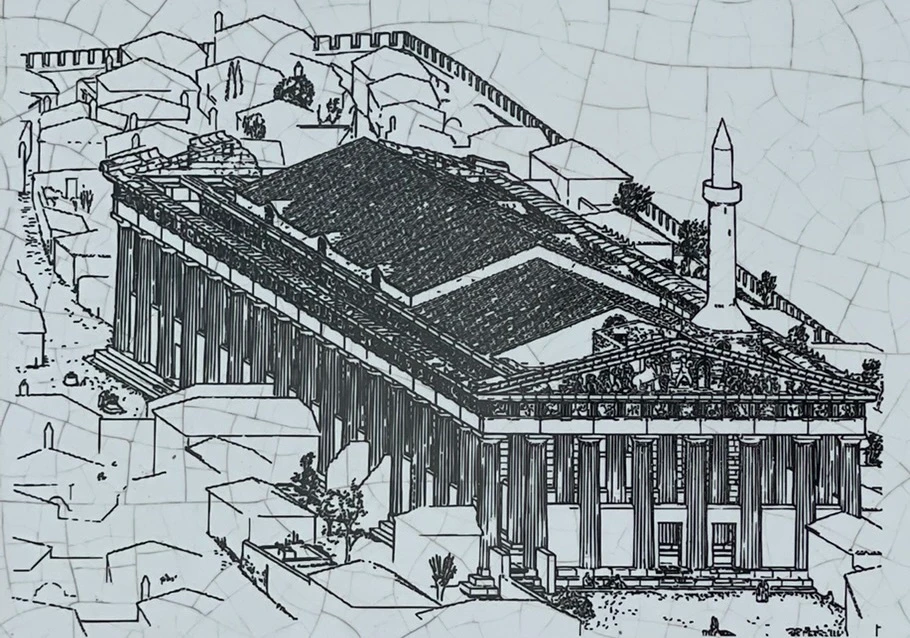
Ottoman Mosques with locked doors
Numerous Ottoman mosques across Greece are now closed to worship. Some have been converted into churches, while others have fallen into disrepair. Furthermore, many Ottoman-era buildings have been repurposed for government use, a testament to the shifting sands of time and power.
In Athens, as well as in other major cities, many historical buildings and mosques share the same fate.

The oldest mosque in Athens, the Fethiye Mosque, has been used for various purposes such as a military prison and storage after the city was removed from Ottoman control. It served as a storage place for historical artifacts until 2010.
The oldest mosque in Athens, the Fethiye Mosque, originally built as a symbol of Ottoman conquest has been repurposed many times after Greek independence from a military prison to a storage facility for historical artifacts.
Following restoration work completed in 2017, it is now used as an exhibition hall.
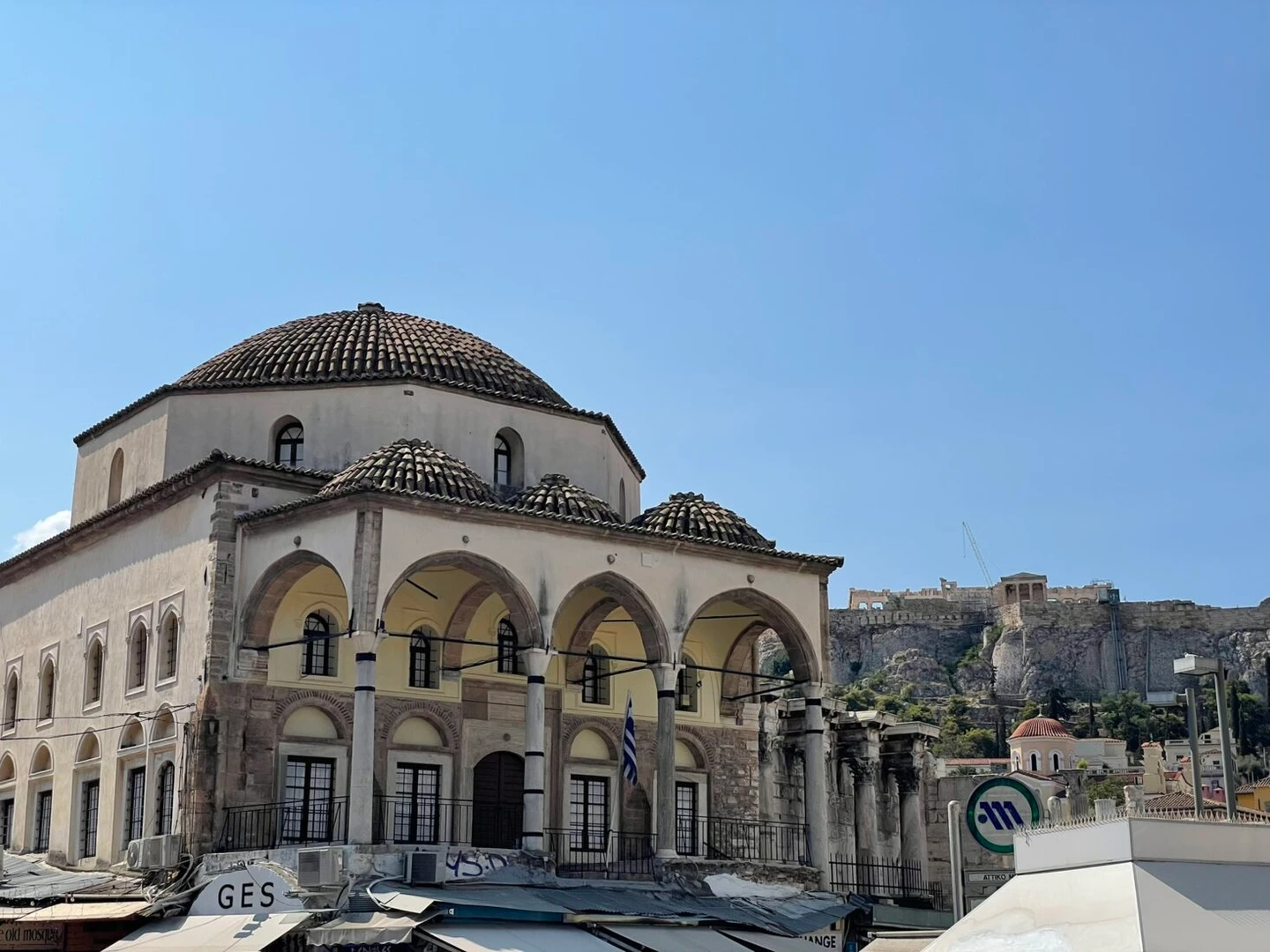
The Cizderiye Mosque, close to the Fethiye, offers a glimpse into Athens’ Ottoman past. Situated in the bustling Monastiraki Square, the mosque, which is closed for most of the year, is occasionally used as a gallery for temporary exhibitions.
Other Turkish-Islamic structures in Athens, such as the Yeni Mosque, Kubbeli Mosque, Ic Kale Mosque, Mehmed Voyvoda Muallimesi, Huseyin Efendi Tekkesi, and Haci Ali Hammam, are no longer traceable today.
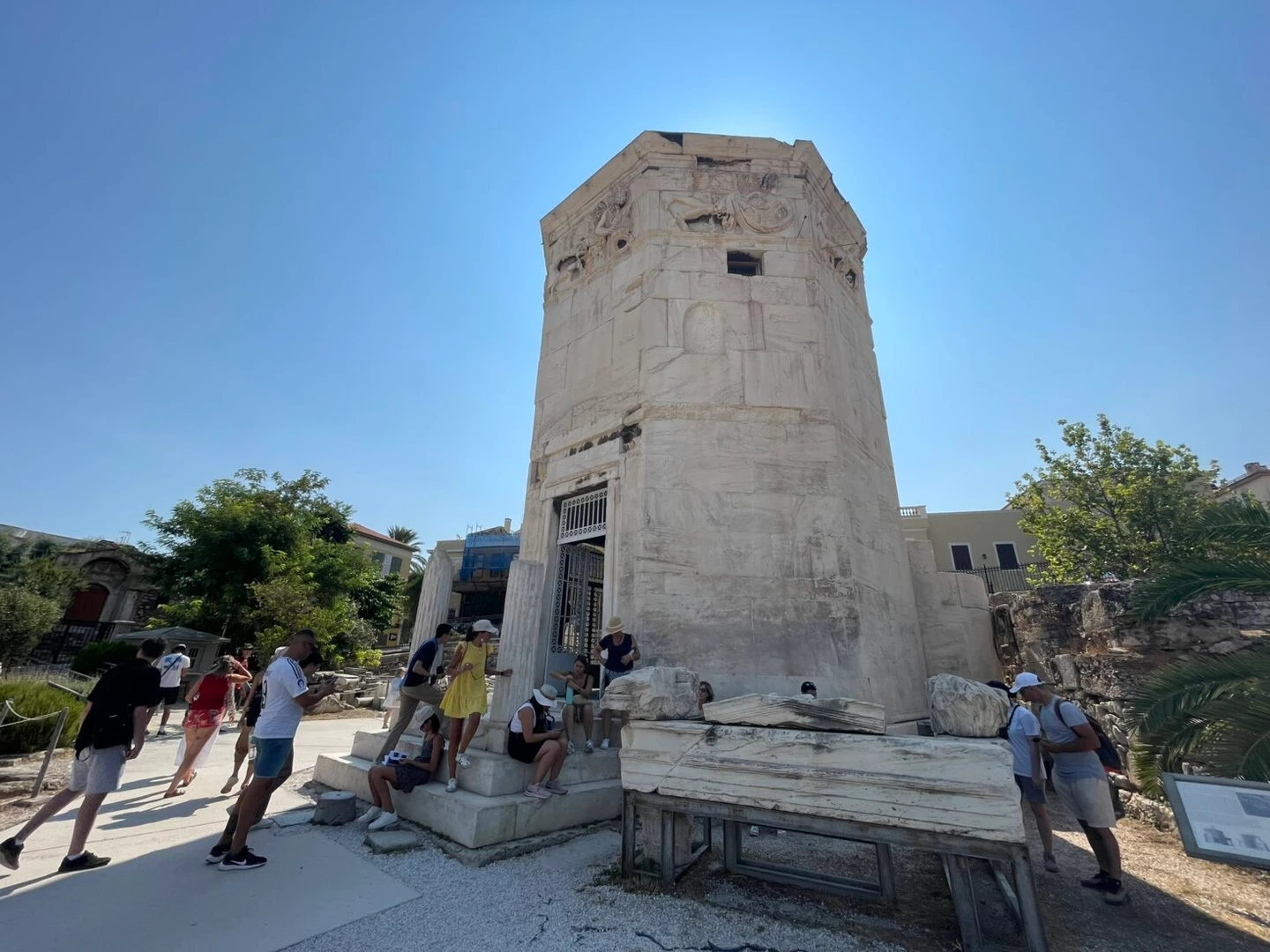
Distorted Ottoman legacy
The Horologion of Andronikos, dating back to the late second century B.C., is a structure located on the northern slope of the Acropolis in Athens, also known as the “Tower of the Winds.” This octagonal building, made of Pentelic marble, was equipped with mechanisms such as a water clock in antiquity.
This structure, which includes a sundial, water clock, and wind vane, is considered the world’s first meteorological station.
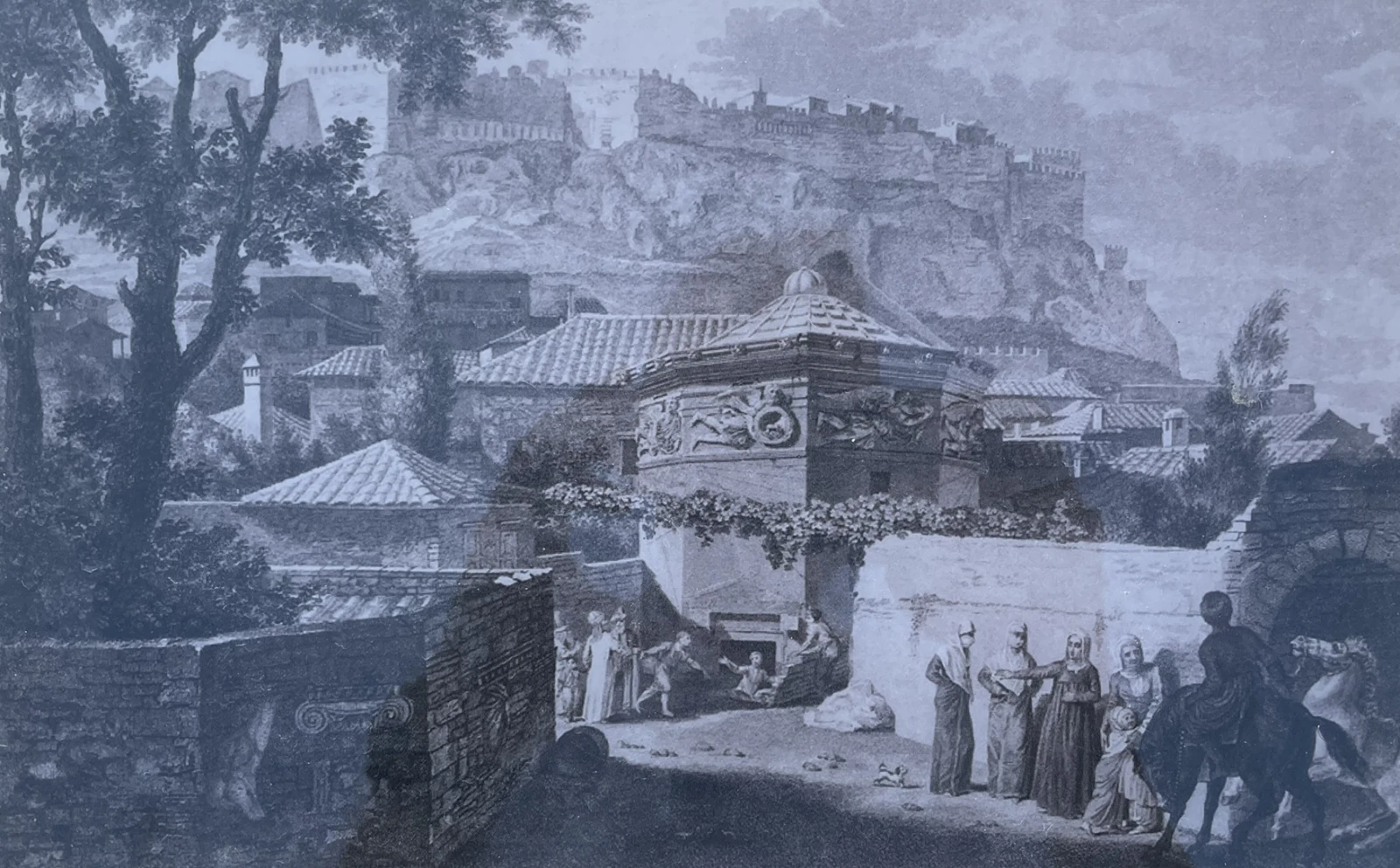
During the Byzantine period, the building was used as a church, and in the Ottoman era, it was initially used as a church as well. Documents from the late 15th century indicate that the structure was later utilized as a Mevlevi Tekke. Due to its small size, it is more likely to have been a training place rather than a place for Sema (whirling dervishes).
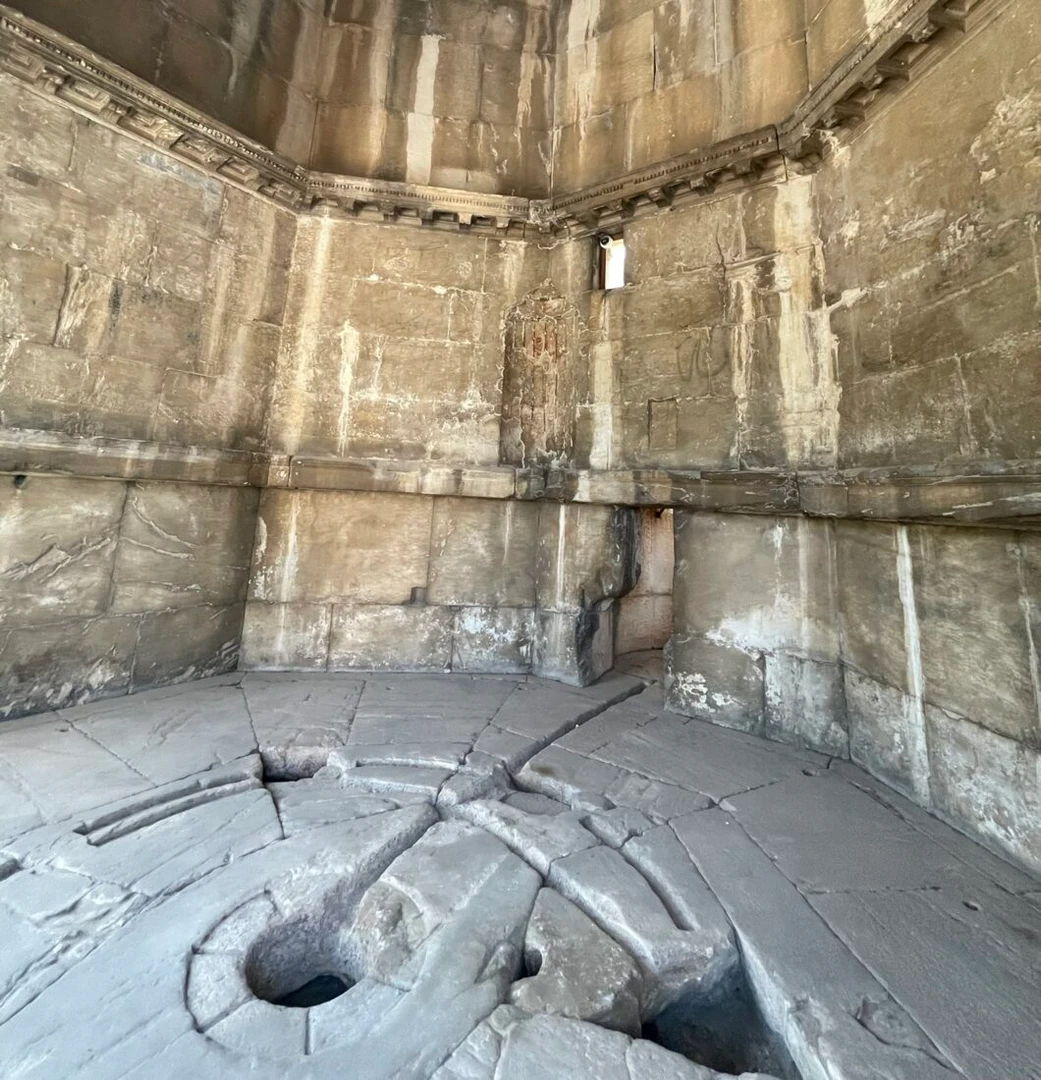
This is supported by a historical engraving showing mevlevi dervishes performing Sema. It was fully unearthed by the Archaeological Society at Athens during excavations in 1838-1839.
Requests from the Muslim Turkish minority in Western Thrace to pray and perform Friday prayers in some abandoned mosques in other regions of Greece have been rejected by the Greek authorities.



